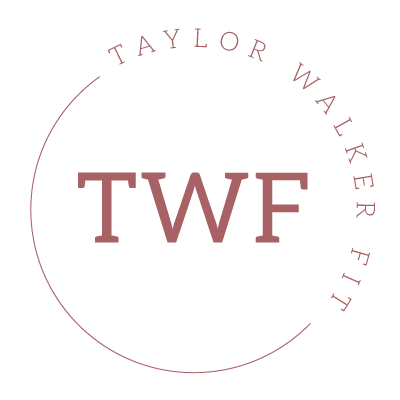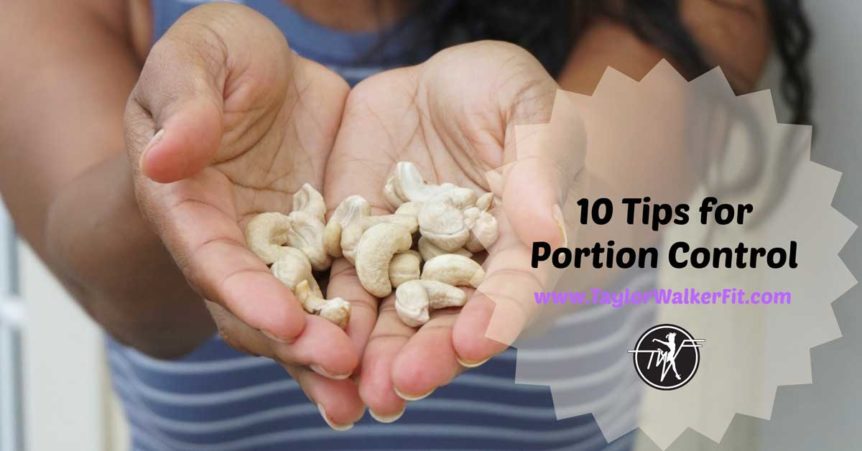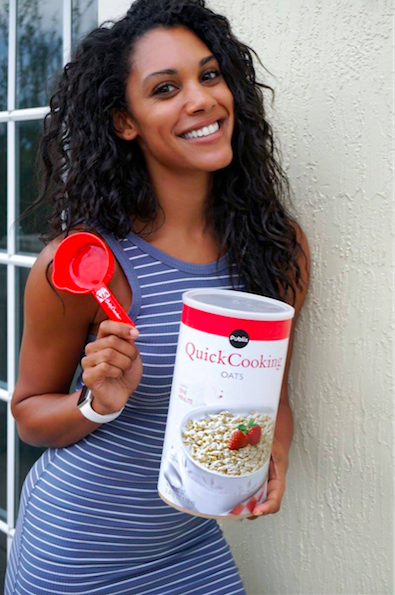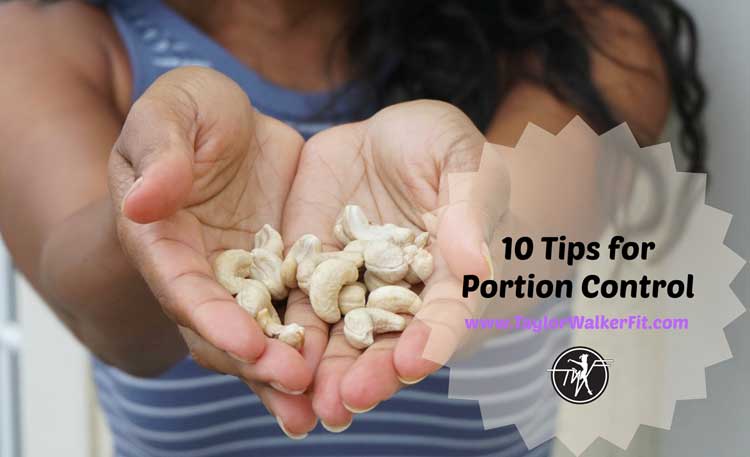
Portion control is something that every American most likely struggles with. Why? Because every restaurant you have ever walked into since you were a kid has probably served you extremely oversized portions. Overeating has become a normal part of the S.A.D. or Standard American Diet; however, even the healthiest people run the risk of over eating. Maybe not on kale and spinach, buton healthy foods like nuts, nut butter, avocado and protein.
A couple of months ago Cory and I were in L.A. and we wandered down to a very un-chic yet deliciously indulgent establishment. This restaurant had a bull you could ride for fun and live music so we took a seat outside and let the good times roll. I ordered a summer chopped kale salad with grilled chicken and a side of truffle mac and cheese; obviously the angel/devil debate was a total wash! Cory ordered pasta for his main course and when it arrived I literally almost fell off my chair. A normal size portion is 1/2 of a cup of pasta. Which is the size of your fist and almost always a european portion, and enough to fit a small bowl. Cory literally had a PLATTER of ziti the size of 2 1/2 dinner plates with sausage and cheese sauce in front of him. I could not believe my eyes! It was literally enough pasta to feed a small army, and NO, he was not running a marathon the next day.
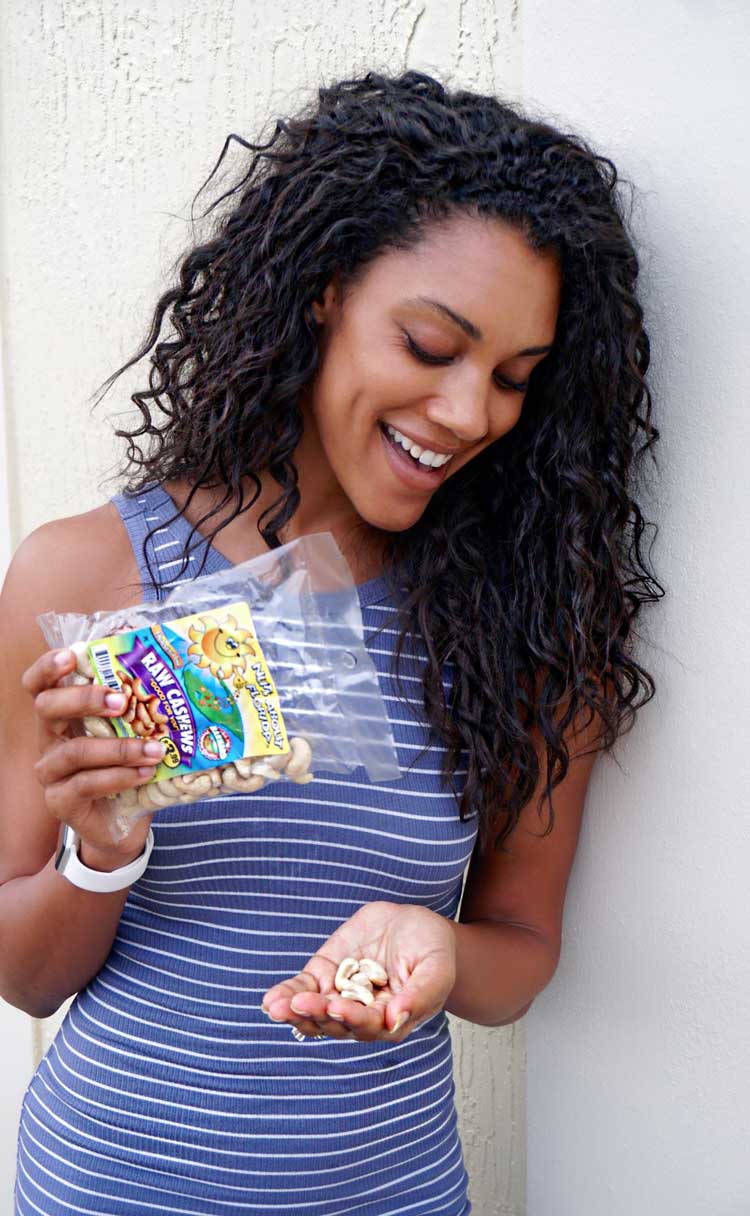
I wanted to share a few measurements today to help you on your portion control journey and offer a few tips from my friends over at Baptist Health South Florida.
Natalie Castro, R.D., (pictured), chief Wellness dietitian for corporate wellness at Baptist Health South Florida offers her tips for portion control:
1. Use small plates: When serving yourself a meal or a snack, try using smaller plates.
2. Pick veggies: Load up on vegetables first. Reach for 1 cup or a large handful.
3. Measure protein: After the veggies, put protein on your plate. The amount of protein on your plate should equal the size of a deck of cards.
For more from Natalie, check out THIS POST !
Lucette Talamas, a registered dietitian, (pictured) with Community Heath at Baptist Health South Florida:
1. Downsize creamy dishes: Reduce your portions of high-calorie foods like creamy dishes, pastas, thick salad dressings, pizza, cheesy items, fried foods and desserts. Research shows that consumers eat less high-calorie foods when served a smaller portion.
2. Ask for to-go boxes: If eating out, share a meal or ask for a to-go box at the time you get your entrée. Before eating, pack your to-go box. Remember: Even half a restaurant entrée can still be too much for one meal.
3. Use kiddie plates: If eating at home, stock your cabinets with smaller dishware to encourage smaller portions. When serving food, consider using children’s tableware or a salad plate instead of the entrée plate.
For more from Lucette, check out THIS POST !
Over the next couple of weeks I challenge you to focus on your portions and measure them at every meal. You will most likely be surprised at what an actual portion of your favorite foods look like.
Lean Protein: 4-6 Ounces for a meal. 2-3 For a snack.
Oatmeal: 1/2 Cup
Starchy Vegetables (Squash): 1/2 Cup
Grains: 1/2 Cup
Popcorn: 3 Cups
Bream: 1 Slice
Hummus: 2 Tbsp
Beans: 1/2 Cup
Non-Dairy Milk: 1 Cup
Dairy Milk: 3/4 Cup
Cottage Cheese: 1/2 Cup
Yogurt: 3/4 Cup
Whole Eggs: 2
Egg Whites: 4
Berries 1 C
Banana 1 Small
Cheese 1 ounce
Oil and Dressing 2 tsp
Avocado 1/4
For more tips on portion control make sure to head on over to Baptist Health South Florida.
***This has been a sponsored conversation brought to you by Baptist Health South Florida.

